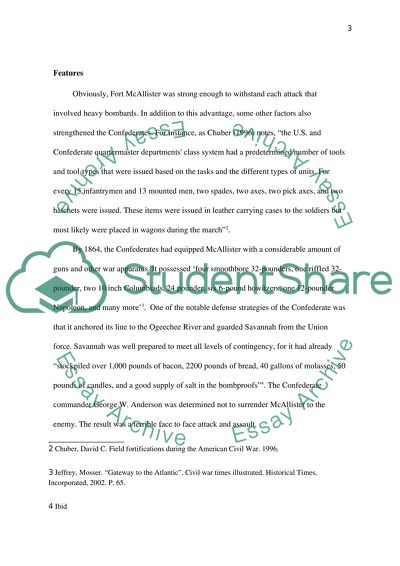Cite this document
(“March to the Sea: Civil War Fortifications Research Paper”, n.d.)
March to the Sea: Civil War Fortifications Research Paper. Retrieved from https://studentshare.org/military/1488471-march-to-the-sea-civil-war-fortifications
March to the Sea: Civil War Fortifications Research Paper. Retrieved from https://studentshare.org/military/1488471-march-to-the-sea-civil-war-fortifications
(March to the Sea: Civil War Fortifications Research Paper)
March to the Sea: Civil War Fortifications Research Paper. https://studentshare.org/military/1488471-march-to-the-sea-civil-war-fortifications.
March to the Sea: Civil War Fortifications Research Paper. https://studentshare.org/military/1488471-march-to-the-sea-civil-war-fortifications.
“March to the Sea: Civil War Fortifications Research Paper”, n.d. https://studentshare.org/military/1488471-march-to-the-sea-civil-war-fortifications.


